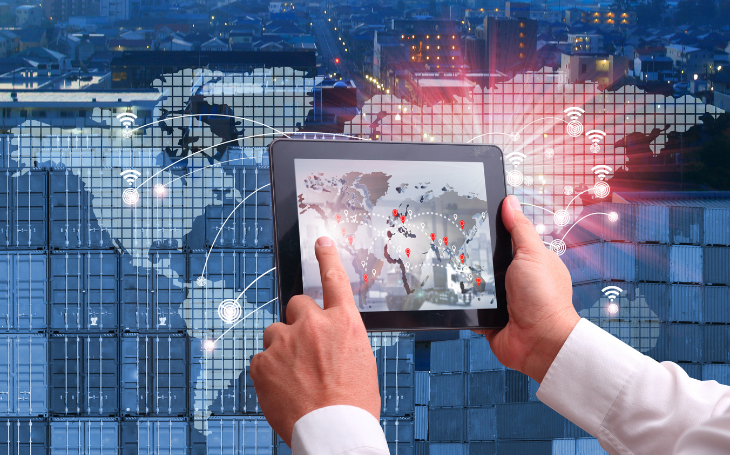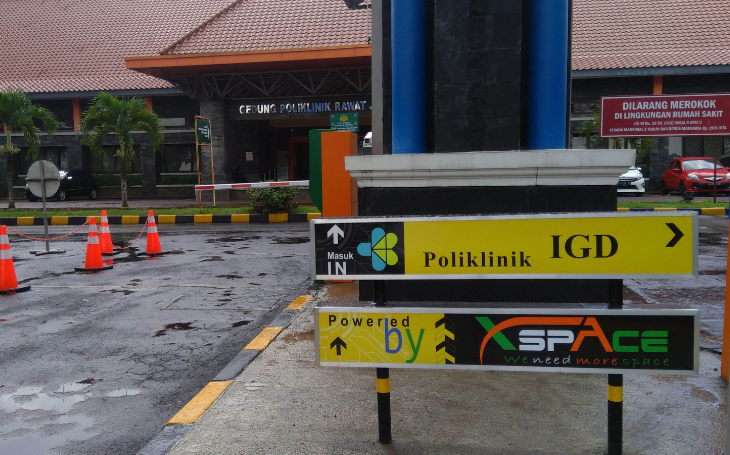Maritime Technology
Maritime Technology has become an integral part of advancing the shipping industry and the maritime sector as a whole. Various technological innovations have transformed the way ships and maritime installations are operated, enhancing efficiency, safety, and sustainability. Here's a comprehensive overview of technology in the maritime sector, along with their benefits and roles in ships and maritime installations:
Maritime Technology:
- Navigation and Mapping Systems: GPS (Global Positioning System) technology has revolutionized how ships determine their positions at sea. Digital mapping and advanced navigation systems allow ships to avoid obstacles, optimize routes, and enhance navigational safety.
- Maritime Communication: Satellite communication technology enables ships to connect with the outside world in real-time, facilitating the exchange of important information such as weather, vessel traffic, and market conditions. It also allows ships to request assistance in emergency situations.
- Monitoring and Surveillance: Sophisticated sensors are installed on ships and maritime installations to monitor various parameters such as temperature, pressure, and humidity. This helps in detecting potential technical issues and enables preventive actions before failures occur.
- Automation and Artificial Intelligence: The implementation of automation and artificial intelligence in ships and maritime installations allows for more efficient operations and minimizes human errors. These systems can control navigation, maneuvers, and cargo handling operations automatically.
- Use of Renewable Energy: The maritime industry is increasingly adopting renewable energy technologies such as solar panels and wind turbines to reduce dependence on fossil fuels and decrease carbon emissions.
- Environmental Preservation: Maritime technology is also used to monitor and protect the marine environment. This includes pollution detection systems, the use of autonomous vessels for environmental surveys, and environmental remediation technologies such as coral reef rehabilitation.
Benefits and Roles of Technology in Ships and Maritime:
- Security: Technology plays a key role in improving maritime security with better monitoring and navigation, as well as accident detection and prevention systems.
- Operational Efficiency: Automation and digital technology allow ships and maritime installations to operate more efficiently, reducing operational costs and increasing productivity.
- Regulatory Compliance: Technology helps ships and maritime installations comply with strict regulatory standards, such as safety rules and environmental protection regulations.
- Crew Comfort and Welfare: Modern facilities and equipment on ships, including communication and entertainment systems, improve the comfort and welfare of the crew, thereby enhancing productivity and workforce retention.
- Environmental Performance Improvement: Technology contributes to reducing the negative impact of the maritime industry on the environment, such as greenhouse gas emissions reduction and water pollution.
- Industry Advancement: Technological innovations drive advancements in the shipping and maritime industry as a whole, increasing global competitiveness and opening up new opportunities in maritime business and services.
The implementation of technology in maritime and ships has undergone significant progress in recent decades. Various innovations have been applied to enhance operational efficiency, safety, and sustainability in this sector. Here are some examples of technology implementation in maritime and ships:
- Satellite Navigation Systems (GPS): Modern ships are equipped with GPS navigation systems that allow them to accurately determine their positions at sea, map optimal routes, and avoid obstacles.
- Satellite Communication: Satellite communication technology enables ships to connect with the outside world in real-time, facilitating the exchange of important information such as weather, vessel traffic, and market conditions.
- Automation and Artificial Intelligence: Modern ships are increasingly automated with the use of artificial intelligence to control navigation, maneuvers, and cargo operations. This improves operational efficiency and reduces the risk of human error.
- Renewable Energy Technology: Modern ships are beginning to adopt renewable energy technologies such as solar panels and wind turbines to reduce dependence on fossil fuels and decrease carbon emissions.
- Maritime Sensors: Advanced sensors are installed on modern ships to monitor various parameters such as temperature, pressure, and humidity. This helps in detecting potential technical issues and enables preventive actions.
- Port Operational Automation: Automation technology has been implemented in port operations, including automated cargo handling systems and automated cargo handling equipment. This improves operational efficiency and reduces vessel waiting times in ports.
- Maritime Drone Usage: The use of drones in maritime surveys has increased, helping in environmental monitoring, security surveillance, and ship inspection surveys.
- Environmental Monitoring Technology: Modern ships are equipped with environmental monitoring technology that helps in detecting water pollution, emissions, and other changes in the marine environment.
- Vessel Management Systems: Modern ships use integrated vessel management systems to monitor and manage various operational aspects, including fuel consumption, maintenance, and regulatory compliance.
- Virtual Reality and Augmented Reality: This technology is used for crew training and emergency situation simulations, allowing them to sharpen their skills and improve situational awareness in a safe environment.
The implementation of technology in maritime and ships has the potential to transform operational paradigms and bring significant benefits to the shipping industry, the economy, and the marine environment as a whole.
Thus, technology plays a key role in shaping the future of the maritime industry, providing solutions to challenges faced by this sector, and opening up new opportunities for innovation and growth.



